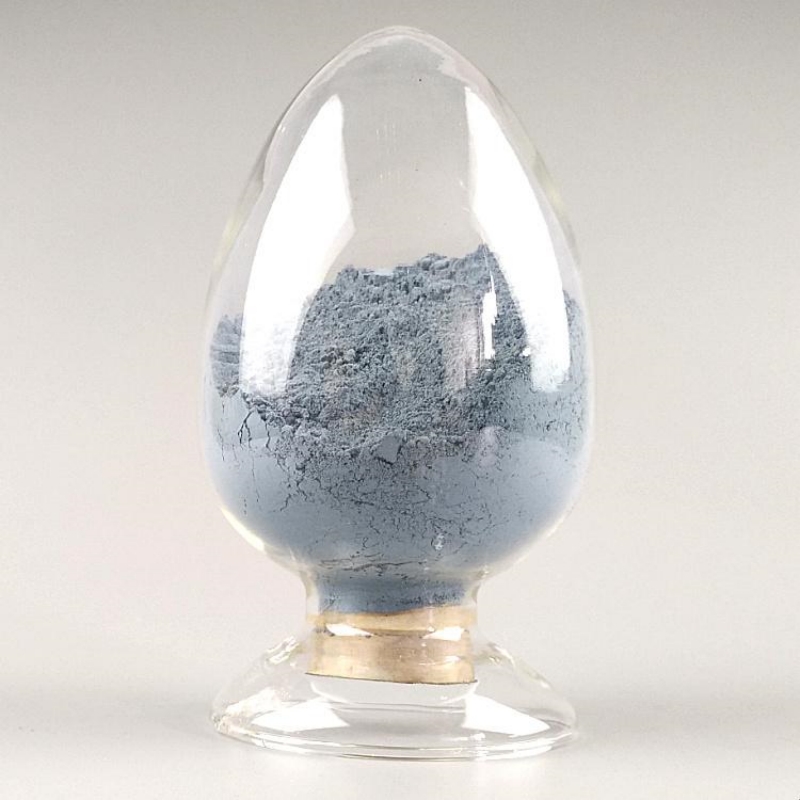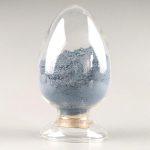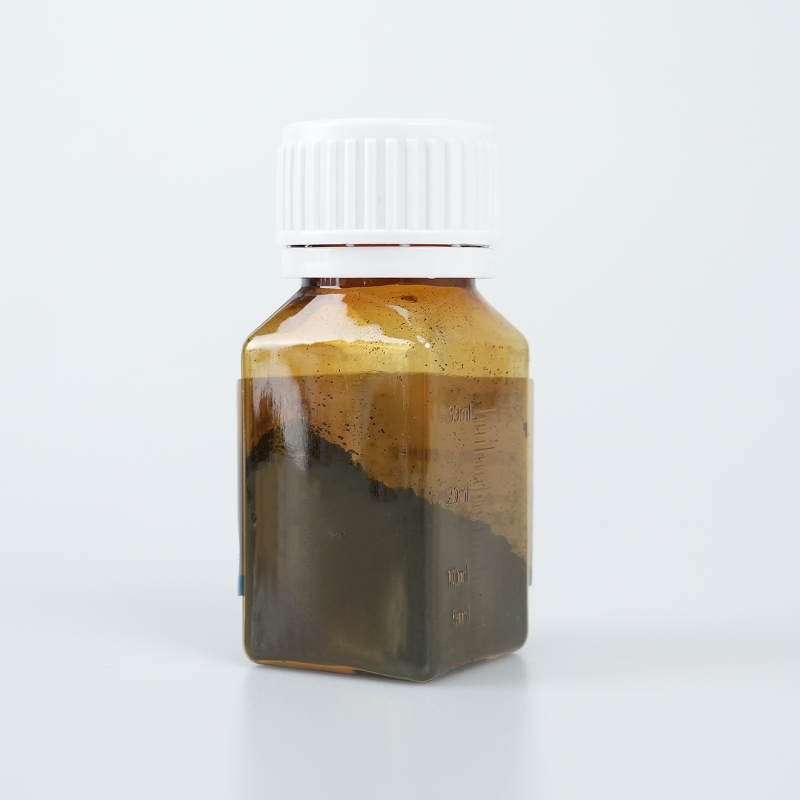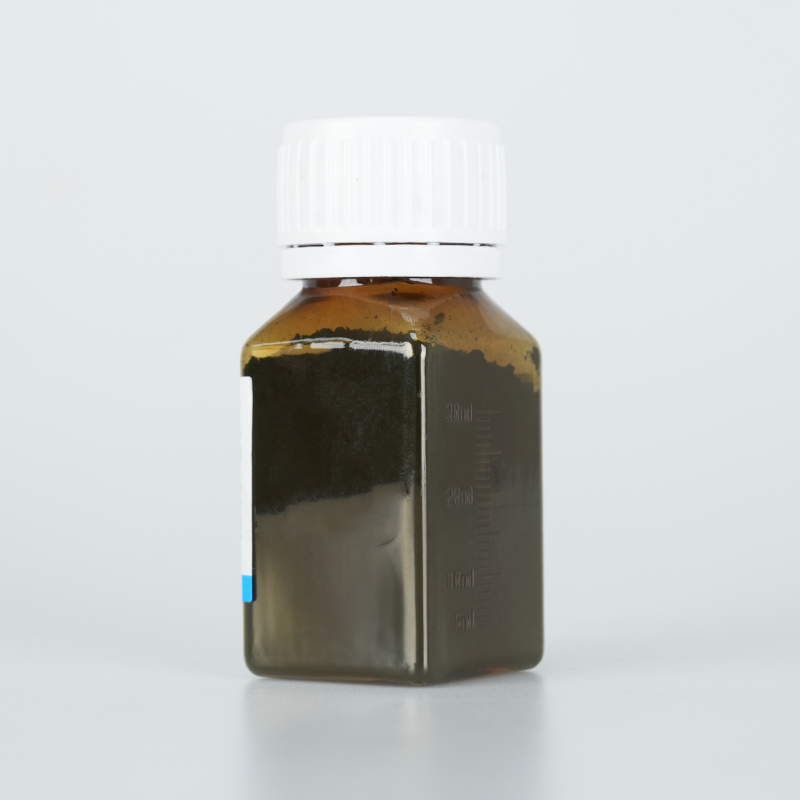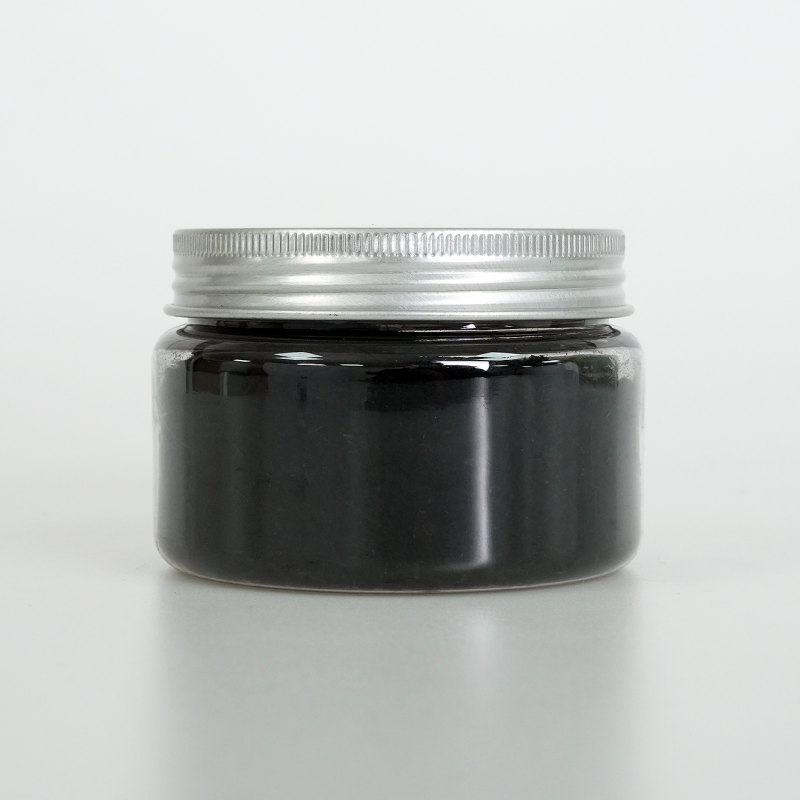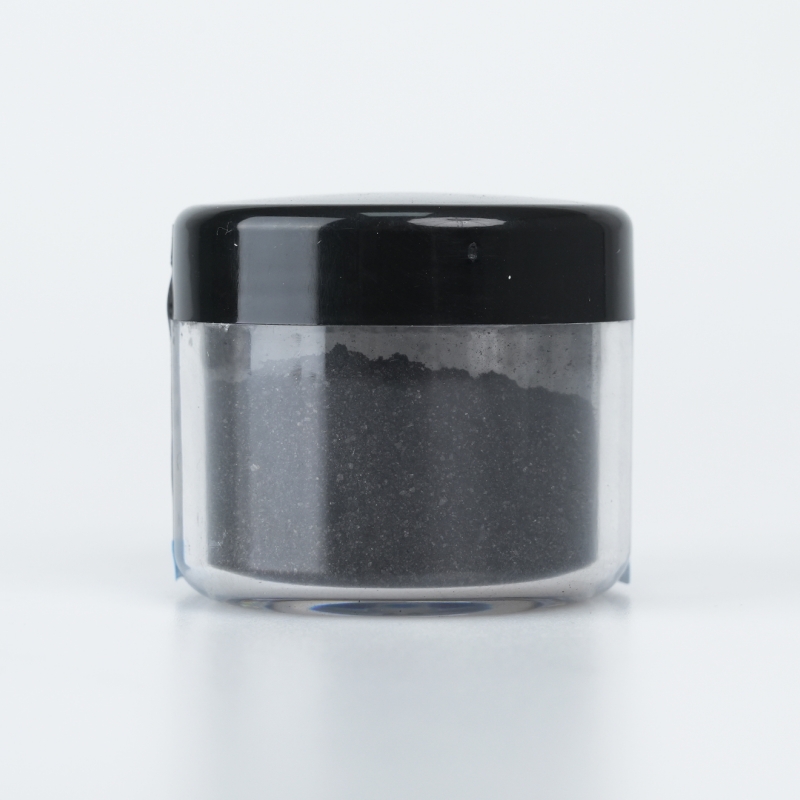Nanometer tin antimony oxide (ATO) delivers optimized electrical conductivity, superior optical transparency, and enhanced thermal stability. Designed for advanced applications, it ensures efficient integration, extended durability, and high-performance adaptability.
Product Overview
Nanometer Tin Antimony Oxide (ATO) is a nanostructured material doped with antimony, offering excellent conductivity and optical transparency. With its superior resistivity and nanometer-sized particles, ATO plays a vital role in applications such as transparent conductive films, conductive coatings, and electromagnetic shielding. It is widely used in the electronics, optoelectronics, and other high-tech fields.
Key Features
- High Conductivity:ATO delivers excellent electrical conductivity, making it ideal for applications requiring both electrical conductivity and transparency.
- Small Particle Size:The nanometer-scale particle size enhances surface activity, providing superior conductivity and optical properties.
- High Purity:The high purity ensures consistent performance and stability, suitable for demanding applications.
- Spherical Particles:The spherical morphology improves the material’s dispersion and ease of use, making it suitable for various coating and thin-film applications.
Applications
- Transparent Conductive Films:Widely used in touchscreens, LCD displays, solar cells, and other optoelectronic devices as a transparent conductive layer.
- Electromagnetic Shielding Materials:Utilized in electronic devices to reduce electromagnetic interference (EMI) and enhance device performance.
- Batteries and Capacitors:Used as electrode materials or additives in certain batteries and capacitors to improve performance.
- Antistatic Coatings:Applied in antistatic coatings for electronic devices or other sensitive equipment, improving safety and stability.
- Sensors and Touch Technology:Employed in sensors, touch technologies, and other advanced electronic applications.
| Model | A07 |
| Purity | ≥99.9% |
| Surface Area | 65-86 m²/g |
| Particle Size (X-ray Diffraction) | 5-10 nm |
| Particle Size (TEM) | 7-15 nm |
| Particle Size D50 (Laser Diffraction) | 1.2-2.0 µm |
| Morphology | Spherical |
| Loose Density | 0.5-0.8 g/ml |
| Resistivity | 0.15-0.20 Ω·cm |
 new material
new material

